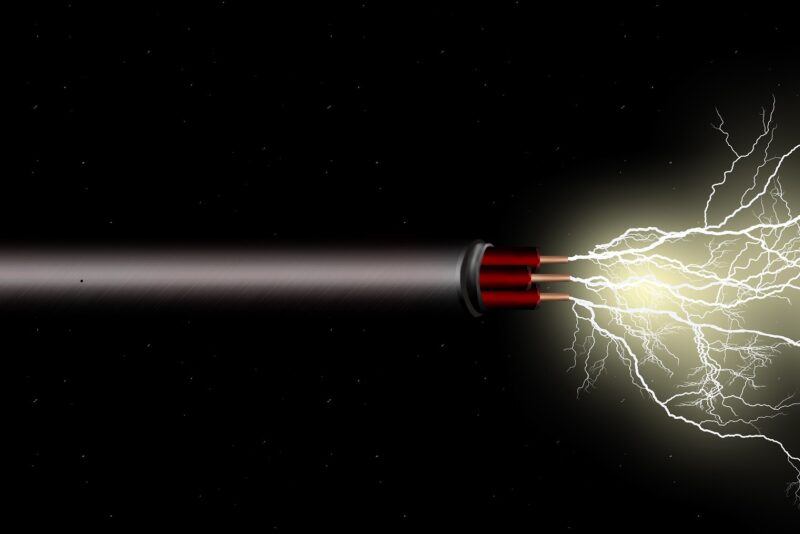An attractive approach to produce green fuel is to reduce CO2 using sunlight and protons in a photoelectrochemical (PEC) cell. A component that generally limits solar-to-fuel performance of a PEC cell, is the photocathode where the reduction needs to take place. The aim of this project, supported by Shell, is to develop a cheap, efficient and stable photocathode for the highly selective reduction of CO2 and protons to value added products. The conversion of CO2 into a dense energy carrier using renewable energy (also referred to as solar fuel) is an important element of Shell’s so-called ‘Long Range Research’ program.
Partners








